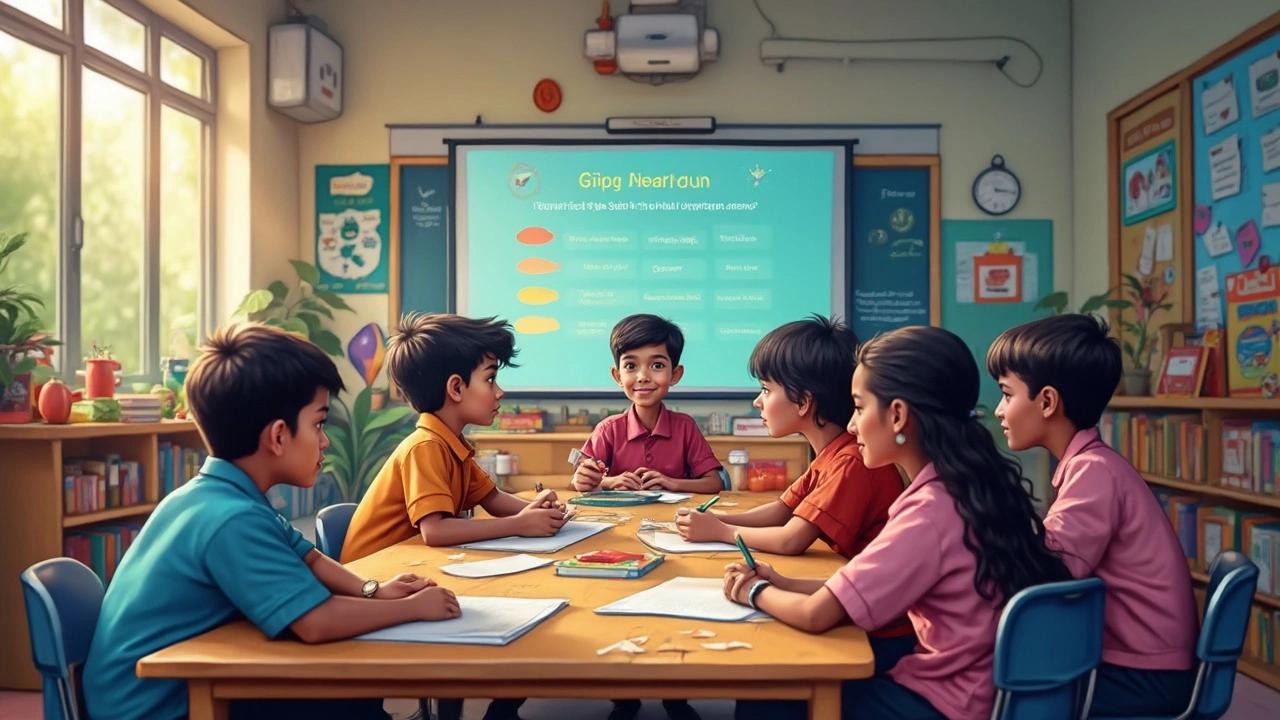Learning for Kids – Simple Ideas to Make Education Fun
When it comes to kids, learning works best when it feels like play. You don’t need fancy gadgets or hours of tutoring; a few everyday activities can turn any moment into a learning opportunity. Below you’ll find easy‑to‑start ideas, free tools, and quick tips that keep children curious and motivated.
Why Playful Learning Works
Kids naturally explore the world with their hands, eyes, and ears. When you embed concepts in games, puzzles, or storytime, you’re speaking their language. This approach builds confidence, improves memory, and encourages them to ask more questions. For example, counting steps while climbing stairs or sorting vegetables by color during dinner turns routine chores into mini‑lessons.
Research shows that short, varied activities keep attention spikes higher than long, static sessions. So instead of a single 30‑minute study block, break the day into 5‑10 minute bursts of different topics. The brain absorbs information better when it’s refreshed frequently.
Top Resources for Kids
Free websites: Websites like National Geographic Kids and BBC Bitesize offer videos, quizzes, and printable worksheets on science, history, and maths. They’re designed for short screen time and include downloadable PDFs for offline use.
Apps you can trust: Look for apps with clear privacy policies and parent controls. Apps such as Khan Academy Kids and Duolingo ABC provide bite‑size lessons in reading, math, and languages. Set a daily limit of 10‑15 minutes and watch the progress stack up.
Library treasures: Your local library is a goldmine. Many libraries now have “storytime” videos on YouTube and free access to e‑books. Pick a theme each week—dinosaurs, space, or cooking—and let the kids explore related books and crafts.
Here are three quick activities you can start today:
- Shape Hunt: Give kids a list of shapes (circle, square, triangle) and ask them to find objects around the house. Snap a photo of each find and discuss why it matches the shape.
- Word Jar: Write new vocabulary words on slips of paper, fold them, and put them in a jar. Pull one each day and use it in a sentence during dinner conversation.
- Science Snack: Freeze fruit juice in ice‑cube trays. As the cubes melt, kids can observe color changes or watch how quickly the ice turns to liquid, sparking basic lessons in temperature and states of matter.
Remember, consistency beats intensity. Even five minutes a day of focused activity adds up over weeks and months. Celebrate small wins—like a child correctly naming a new word or solving a simple puzzle—because positive reinforcement fuels a love for learning.
Finally, stay flexible. If a child shows strong interest in a particular topic, dive deeper. Follow their curiosity, whether it’s building LEGO cities, drawing comic strips, or tracking backyard insects. Tailoring the learning path to their passions keeps motivation high and makes education feel less like a chore.
By blending play, short bursts, and reliable resources, you can turn everyday moments into powerful learning experiences. Start small, stay curious, and watch kids thrive.
